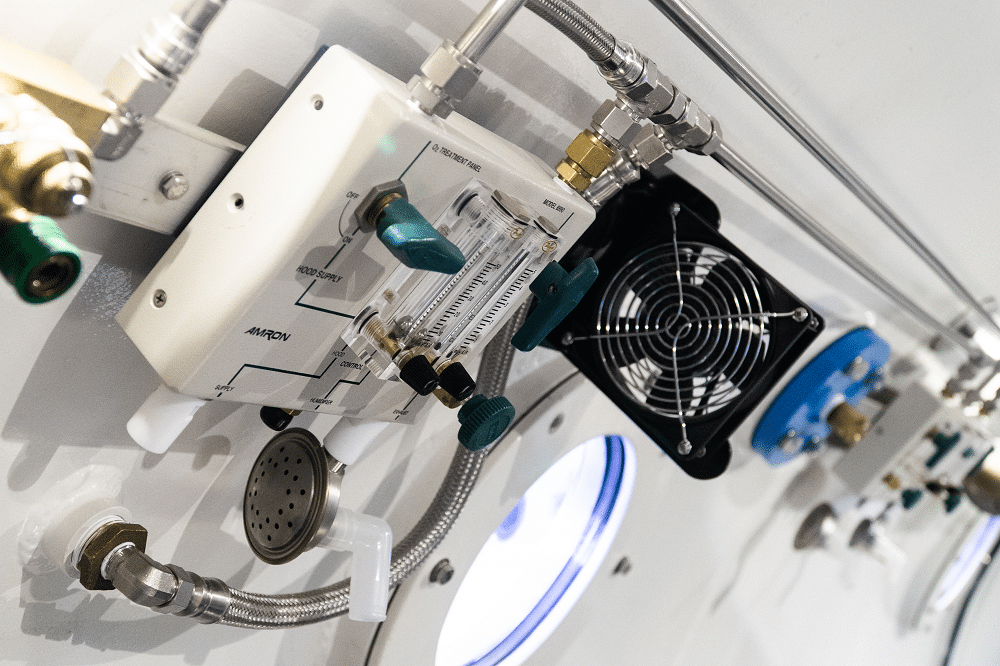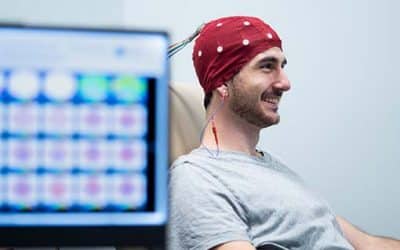Traumatic brain injury (TBI) is the leading cause of death and disability in the US. Approximately 70-90% of the TBI cases are classified as mild, and up to 25% of them will not recover and suffer chronic neurocognitive impairments. The main pathology in these cases involves diffuse brain injuries, which are hard to detect by anatomical imaging yet noticeable in metabolic imaging. The current study tested the effectiveness of Hyperbaric Oxygen Therapy (HBOT) in improving brain function and quality of life in mTBI patients suffering chronic neurocognitive impairments. The trial population included 56 mTBI patients 1-5 years after injury with prolonged post-concussion syndrome (PCS). The HBOT effect was evaluated by means of prospective, randomized, crossover controlled trial: the patients were randomly assigned to treated or crossover groups.
Key TBI Research
Hyperbaric Oxygen Therapy (HBOT) Research for Traumatic Brain Injury (TBI).
Mitochondria in traumatic brain injury and mitochondrial‐targeted multipotential therapeutic strategies
Abstract Traumatic brain injury (TBI) is a major health and socioeconomic problem throughout the world. It is a complicated pathological process that consists of primary insults and a secondary insult characterized by a set of biochemical cascades. The imbalance...
Neurofeedback training to enhance learning and memory in patient with traumatic brain injury: A single case study
Abstract Road traffic injuries are the leading cause (60%) of brain injury. It is estimated that India would occupy third position for Traumatic brain injury (TBI) by 2020. The most vulnerable group of population is the young adults for TBI. The purpose of the present...
Vitamin C enters mitochondria via facilitative glucose transporter 1 (Glut1) and confers mitochondrial protection against oxidative injury
Abstract Reactive oxygen species (ROS)-induced mitochondrial abnormalities may have important consequences in the pathogenesis of degenerative diseases and cancer. Vitamin C is an important antioxidant known to quench ROS, but its mitochondrial transport and functions...




